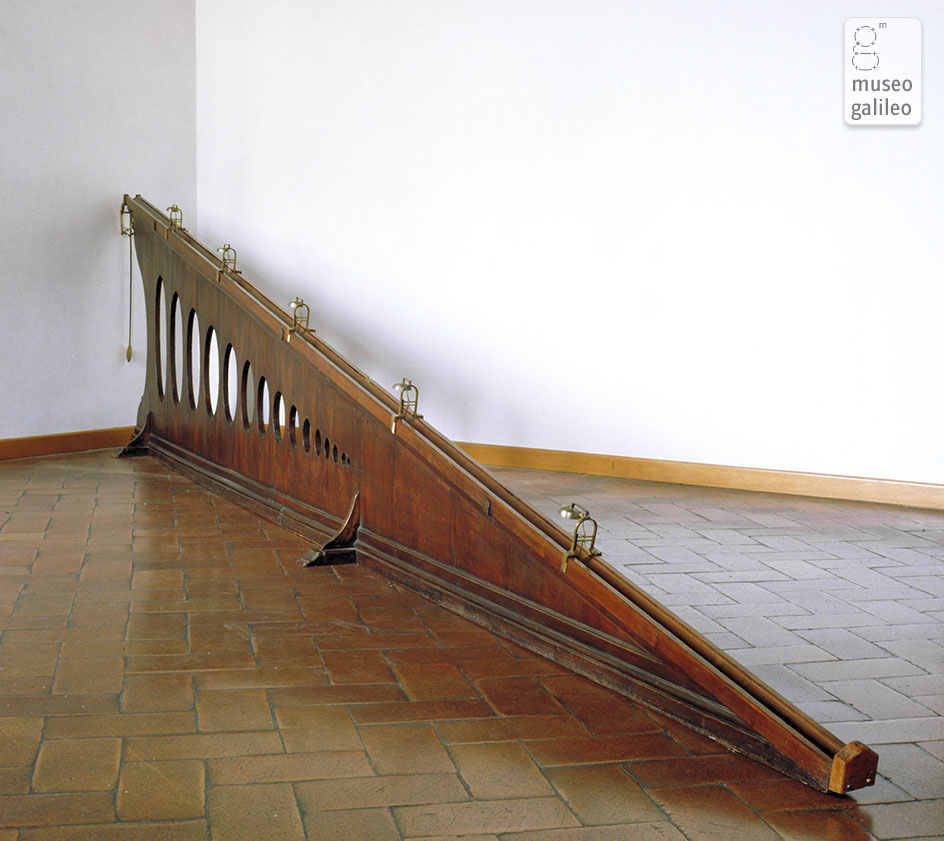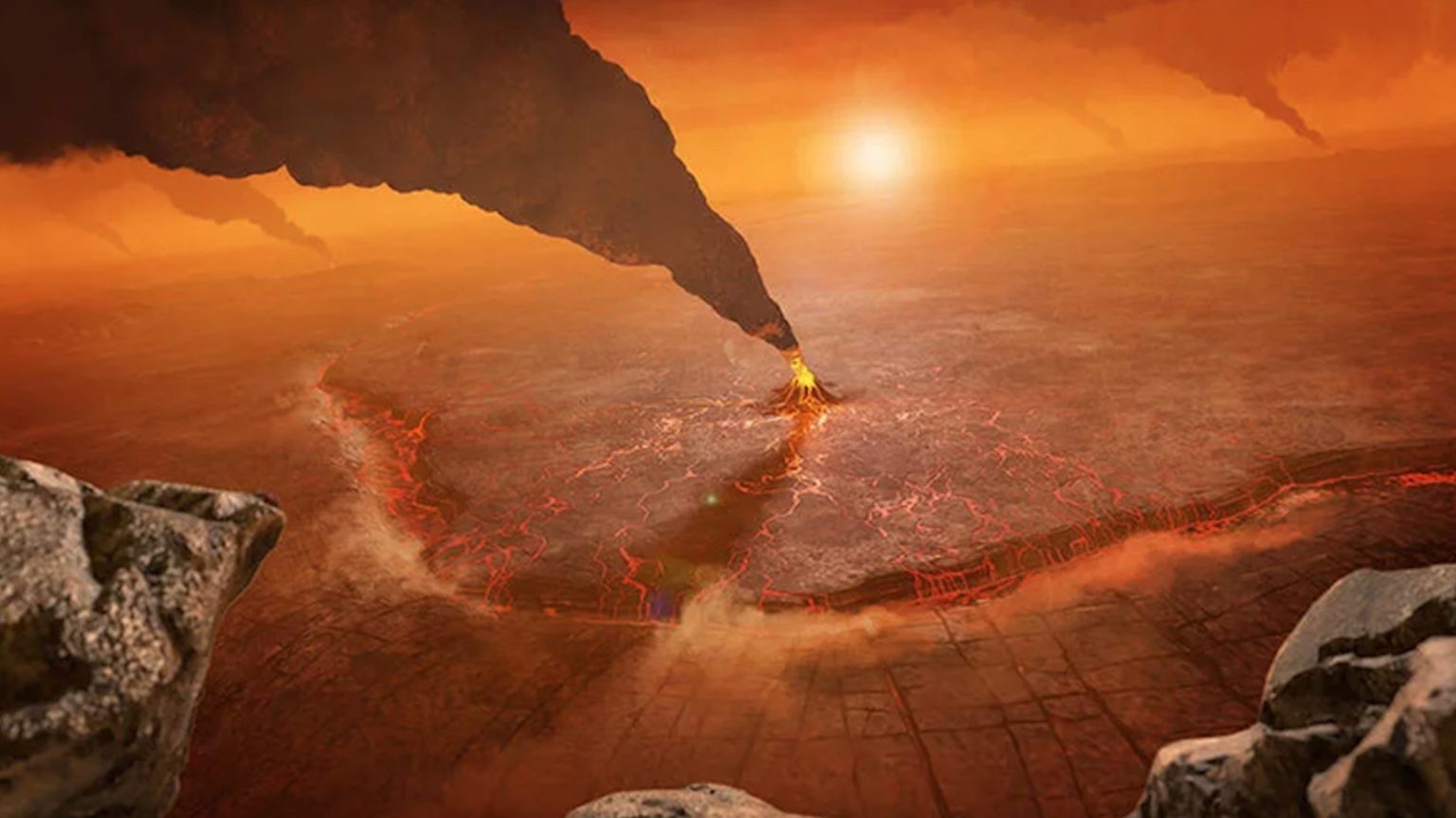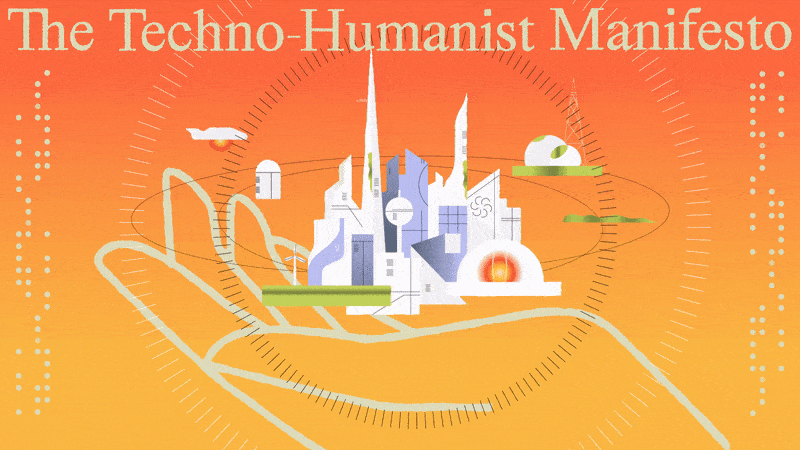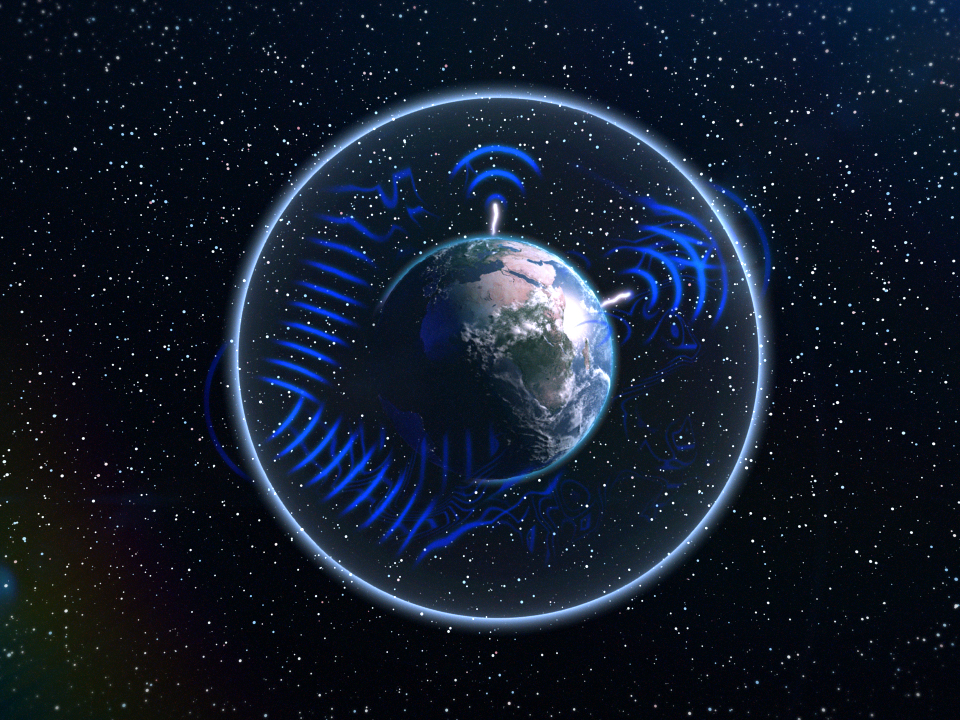Why seeing Galileo’s original experiments left me speechless

- The Galileo Museum in Italy shows how modern science was born through centuries of effort and discovery.
- Galileo’s experiments, like the inclined plane and the telescopes he designed, revolutionized physics and astronomy.
- These artifacts remind us of science’s legacy and our duty to use it for a better future, argues astronomer Adam Frank.
It’s impossible to know our place in history. Trapped in the furious back and forth of current events, from elections to dangerous conflicts, we can lose sight of how long it can take for processes emerging now to play out over time. I was reminded of this last week when, during a science-based visit to Florence, Italy, I visited the Galileo Museum. There, it became clear how many threads must be woven together before something new and potentially better can emerge.
Florence was one center where the Renaissance was born, and where Galileo spent the last years of his life under house arrest after his conviction by the Inquisition for teaching the new Sun-centered Copernican model of the Solar System. During this period, he invented a new, experimentally based method for inquiry into the nature of the world. Here, he laid down the basis for modern physics and modern science.
The museum bearing his name contains a wealth of exhibits about his life and work. But it’s also far more than that — and that’s what left me speechless and dizzy (my daughter who joined me asked, “Do you need to sit down for a minute?”). What affected me was that the exhibits tracked not only Galileo’s achievements but also the birth of science itself.
The birth of science
Everyone who has ever taken a physics class has done experiments (or solved problems) involving balls rolling down inclined planes or weights draped along a hinged crossbeam. At the museum, I saw the original versions of those experiments. There was a huge, angled wooden platform with a track for a metal ball to traverse downward. The track had bells placed at intervals so that, as the ball rolled down, the bells would ring, allowing the timing of its path to be more accurately recorded. This device, now centuries old, was how the basic physics of motion under the influence of gravity was worked out in detail.
I was stunned. Here in front of me was the original apparatus through which a new vision of the world was slowly and painfully brought to light. The simple equations for the acceleration due to gravity — relations that are fundamental to every jet trip we take — required human beings to build ornate devices like the one before me. After they were built by artisan proto-scientists, it took hours, days, and months of painstaking work to understand what they revealed. Only in that way could we learn to read what Galileo called “the book of nature.”

That inclined plane was just one artifact in one room. In others were the telescopes Galileo made to carry out his epoch-making observations of the skies. In one case was a copy of his book Sidereus Nuncius alongside a drawing of the Moon as seen through those telescopes. The mountains and craters he sketched were being seen for the first time in human history! As he carried out this work, Galileo could have no idea what, in the fullness of time, he was helping give birth to.
In other rooms were giant glass balloons with metal rods attached. With these, early scientists worked out the basic principles of electricity and magnetism. After staring at these bulbous machines, I took out my phone. All its dense electronic circuitry — all its marvels allowing me to connect to the entirety of human knowledge — began with men and women perched over cumbersome apparatus like the ones in front of me. This, I realized was where it began. From their dedication, curiosity, cleverness, and endless effort, the invisible scaffolding of experience was revealed.
What I took away from this first visit to the Galileo Museum (and trust me, I will be back) was that the precious gift of science took centuries to take its form. Through good governments and bad, through times of war and peace, the work continued. From that work, a new kind of world was born. The best parts of that world brought freedom from superstitions and a rigorous path to a new kind of truly public knowledge. Now, in the face of problems like a climate-changing world that our science inadvertently helped trigger, we are the inheritors of that tradition. Our job now is to build on it, refine it, enlarge it, and take in the new directions that allow the next, better version of ourselves to emerge.





